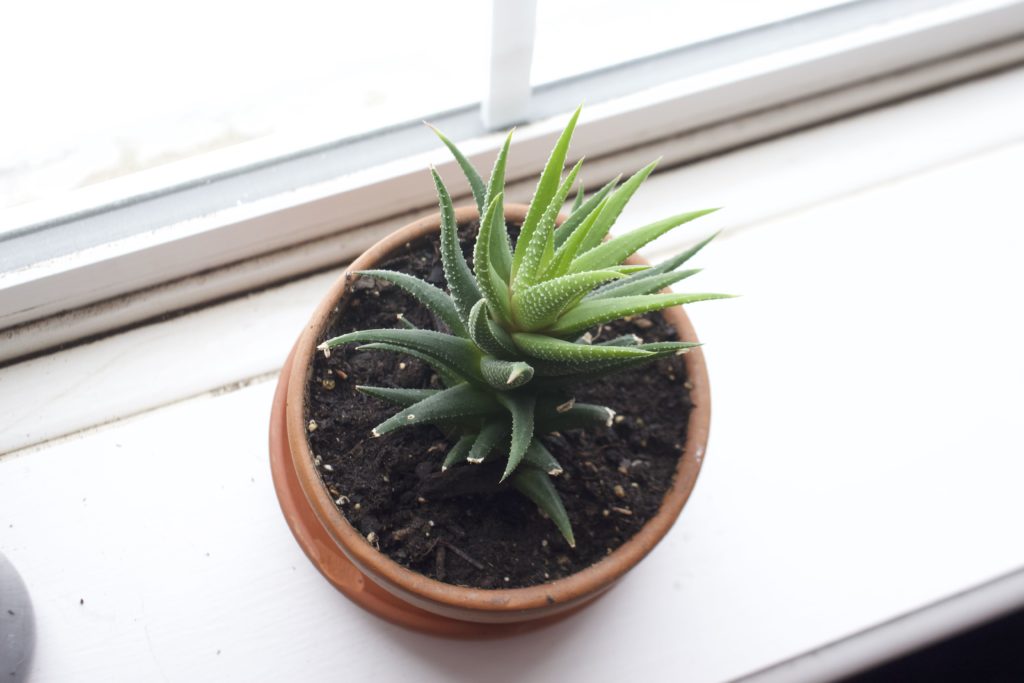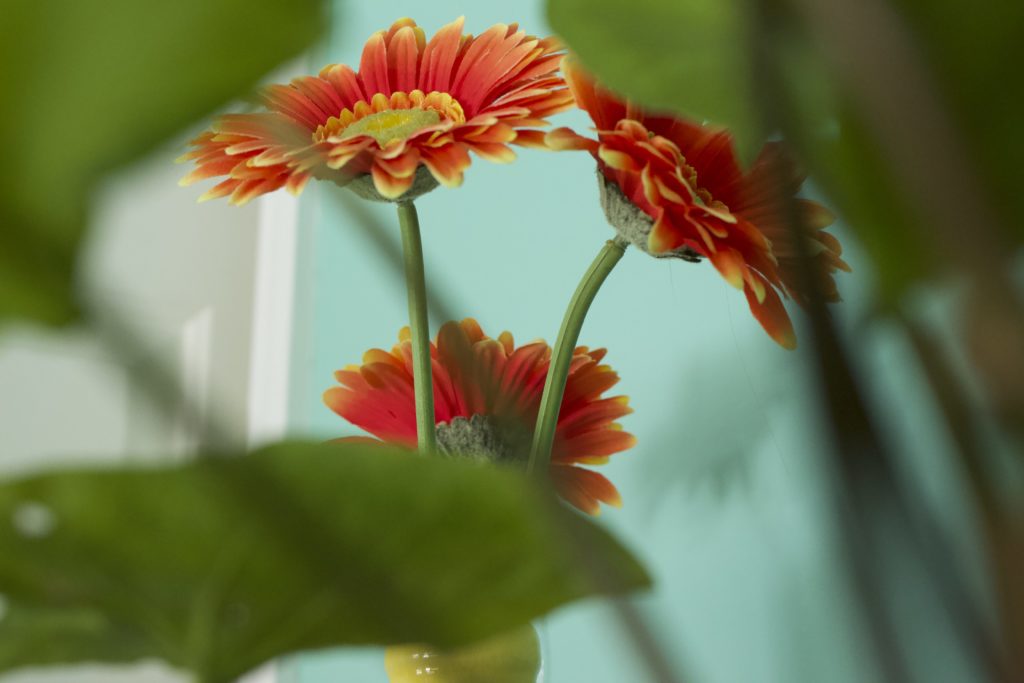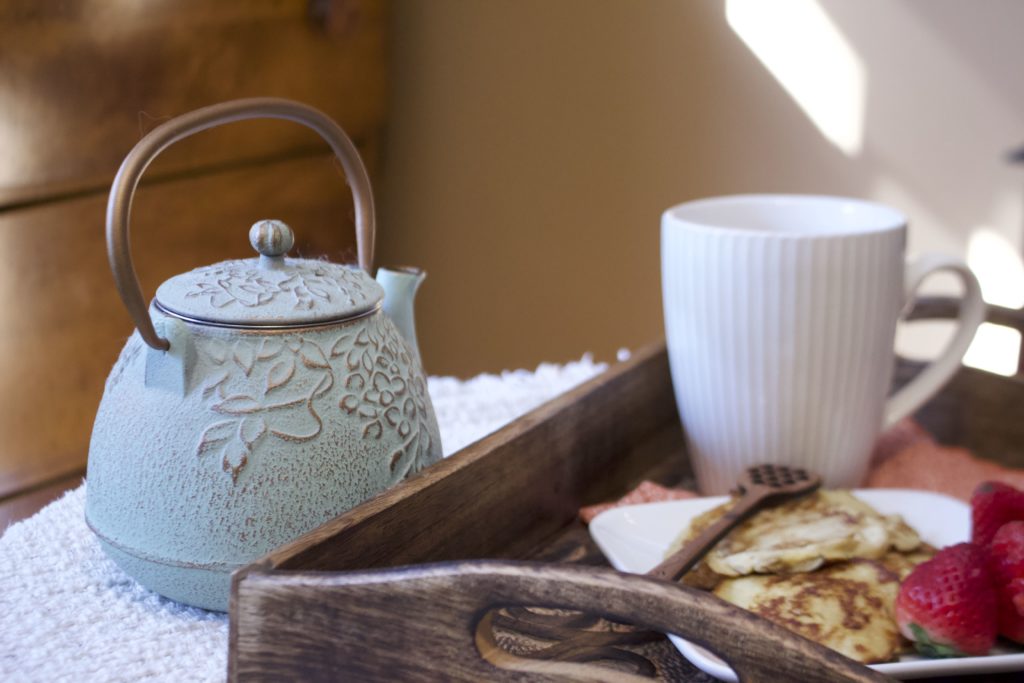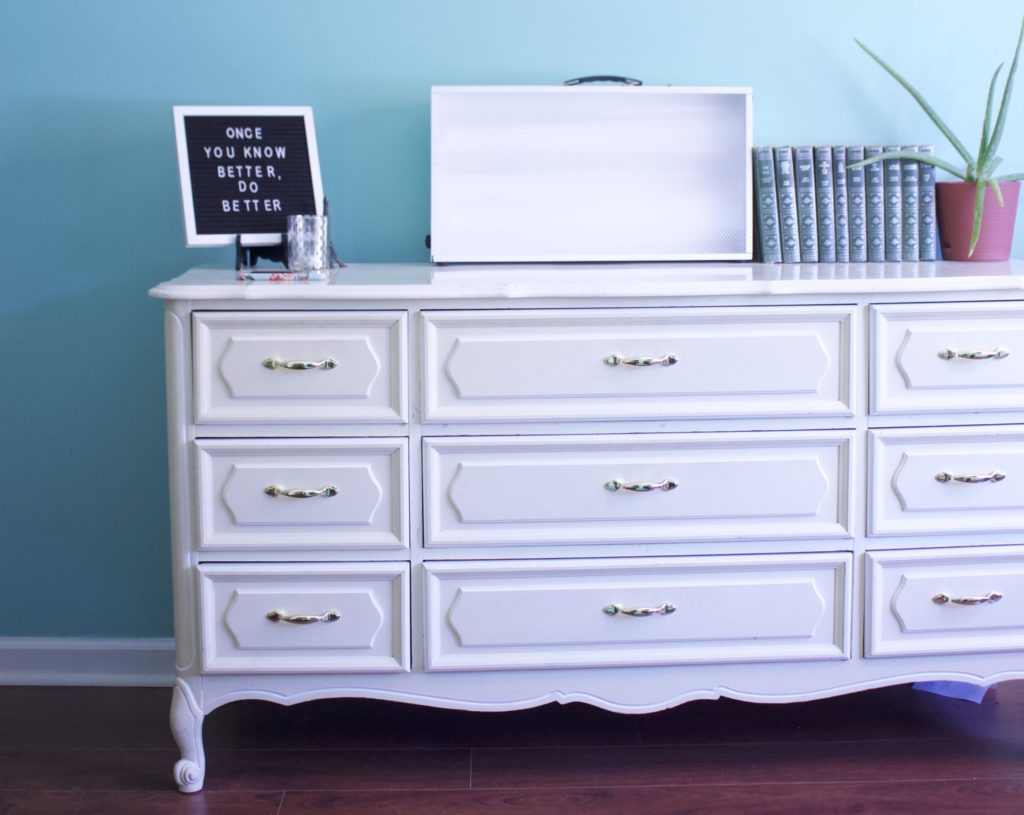
Despite sitting within the bustling city of Barcelona, there’s a sense of discreteness inside El Parque Güell, one of the greatest architectural masterpieces of the famous Spanish architect, Antoni Gaudí.
Entering beyond the two gingerbread-like buildings at the front of the park, you feel yourself stepping into another dimension—one both fantastical and familiar—with a brightly-colored mosaic lizard, a portico tilted like an ocean wave, pillars shaped like palm trees, and an infusion of trees, plants, and flowers throughout the space.
This infusion of nature is not just an artistic whim or a style choice. Rather, it is Gaudí’s impressive insight into the human psyche—an insight that a growing movement refers to as biophilic design, or the human tendency to prefer design patterns that focus on life and lifelike processes.
Benefits Of Biophilic Design
Look at any millennial’s apartment, and you’ll see the growing effects of biophilia on interior design. Lush green and leafy Monstera plants sit in the corner of influencer YouTube videos, while succulents appear in almost every photo. From L.A. designer Justina Blakeney’s 472K follow count design Instagram to Joanna Gaines’ Magnolia collection, modern-day designers can’t seem to get enough of plants, wooden tables, or natural light. There’s a reason for that.
Linked with stress reduction, creativity enhancement, and clarity of thought, biophilic design not only creates an aesthetic surrounding, but also improves your mental, physical, and emotional health. These enhancements are considered “micro-restorative experiences,” which range from connecting with nature via a window to staring at the cactus in the corner of your room.
Studies have shown that biophilic design can increase office productivity by 8% and rates of well-being by 13%. Similar studies show the effects of biophilic design in educational and medical spaces, with increased rates of learning up by 20–25% and shortened postoperative recovery times by 8.5%.
How To Incorporate Biophilic Design Into Your Space
Plants, Plants & More Plants

Invest in succulents and other plants to brighten your mood.
Whether it’s a pot of petunias or a bouquet of baby’s breath, plants (both living and freshly cut) offer health benefits such as stress reduction, improved quality of life, and decreased anxiety. Research the best type of houseplant (or plants) for your space by considering your aesthetic preferences, the amount of natural light you get, and whether you have children or pets that could be harmed by the toxicity in certain plants.
Biomorphic Patterns

Bring life to your home with fake plants and flowers.
While not alive, biophilic design proponents stress that even incorporating patterns and designs that reflect nature can positively affect your environment. Shell-shaped pillows, mushroom lamps, fake flowers, and ocean-patterned tapestries all evoke a sense of nature and relaxation that brightens the mood of the space.
Natural Sounds
An overlooked, but important element in any space is the sound that reverberates throughout your space. According to a study at the Brighton and Sussex Medical School, natural sounds (such as forest noises or running water) were linked overall with heightened relaxation and stress reduction (although results did vary on a person to person basis). Ways to incorporate natural sounds include indoor fountains with flowing water, nature-based playlists, and noise machines.
Organic Materials

Enhance your morning routine with a natural wooden tray.
From hardwood furnishing to wicker baskets, organic materials are a great way to incorporate biophilic design to your space. Rather than purchasing plastic chairs and laminate dressers, opt instead for wooden pieces, stone countertops, and natural fibers such as linen, cotton, and wool. Not only are organic fibers and wooden pieces long-lasting (and ultimately more environmentally-friendly), but they’ll also pair nicely with plants and terrariums.
Natural Lighting

Use sun lamps to increase mood and “natural” lighting effects.
Ask any photographer friend, and they’ll tell you the truth: no two lights are created equally. Especially when it comes to natural lighting.
Not only does sunlight offer Vitamin D, it also triggers serotonin release (making you feel happier and more optimistic). As much as possible, try to keep windows open and curtains to the side for as much natural light as possible. When natural light isn’t possible, I personally love to use a sun lamp (as pictured above) to keep my spirits high and my energy healthy.
Here are the top five sun lamps according to Medical News Today, for anyone looking to add more nature-based light into your life.
***
As humans spend more and more time indoors, biophilic design brings us back home to our roots. Whether a set of succulents or a flowing fountain, increase your mood, productivity, and relaxation with the newest “it” trend that’s here to stay.
Photo: Pixabay; Dana Drosdick




